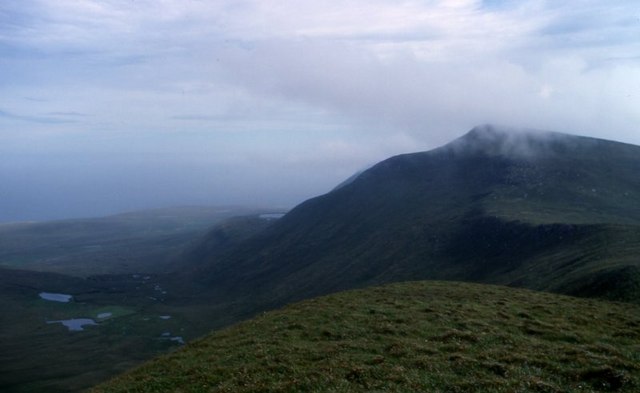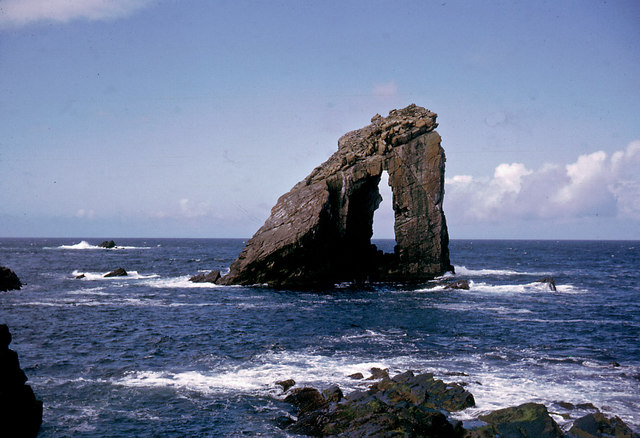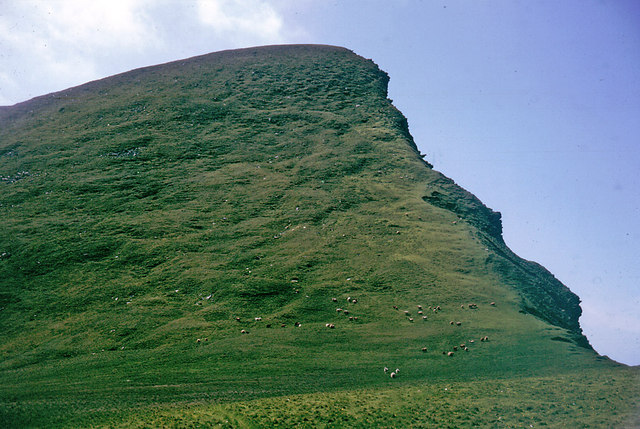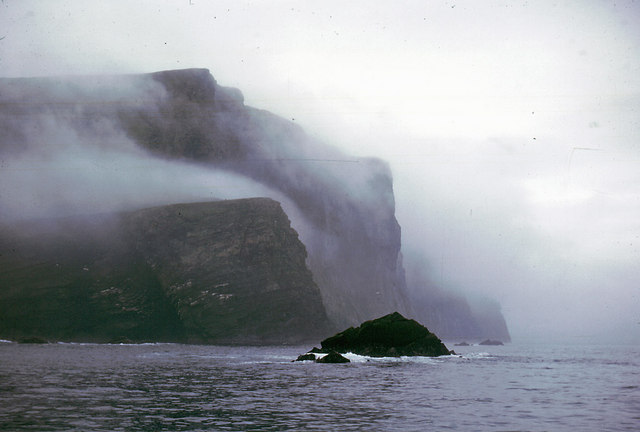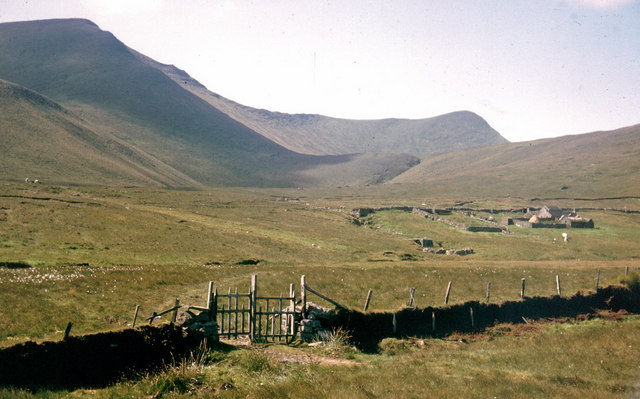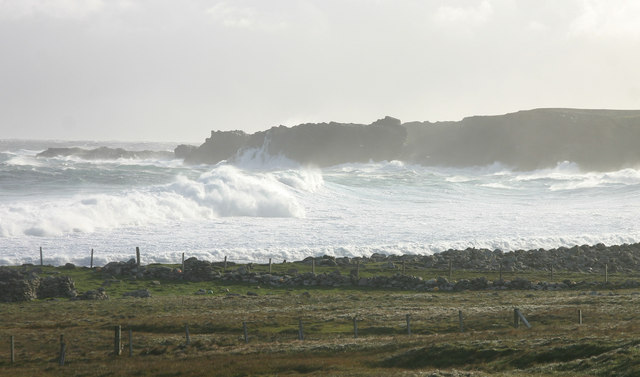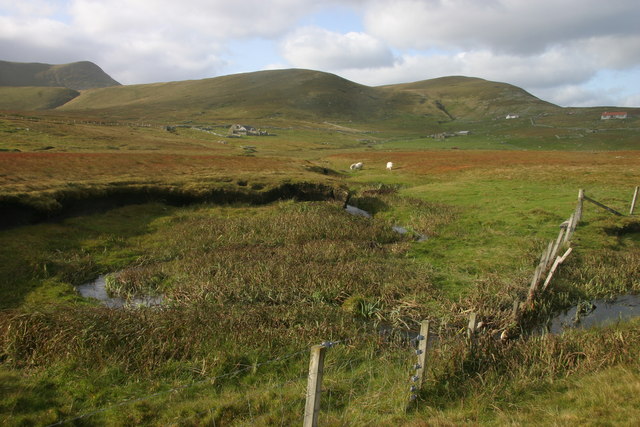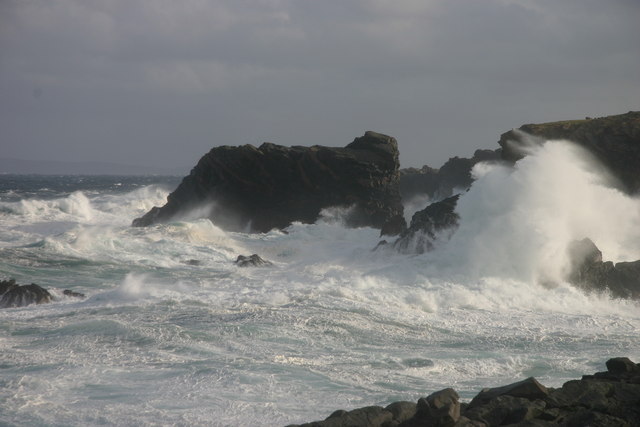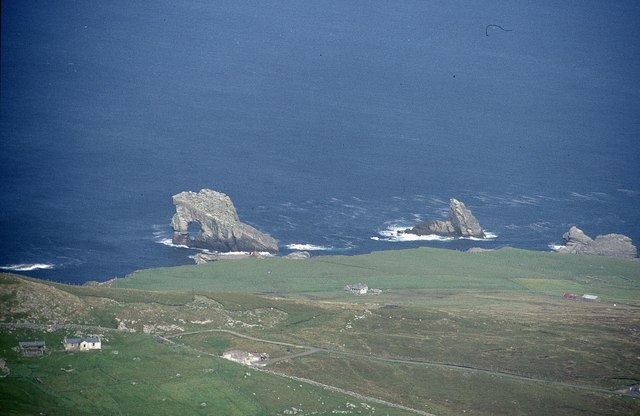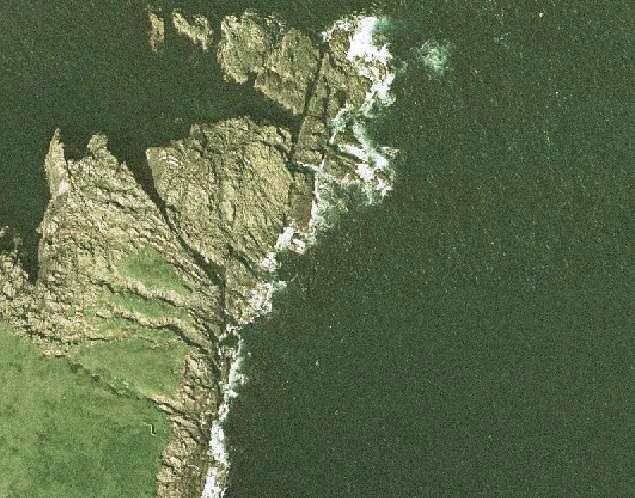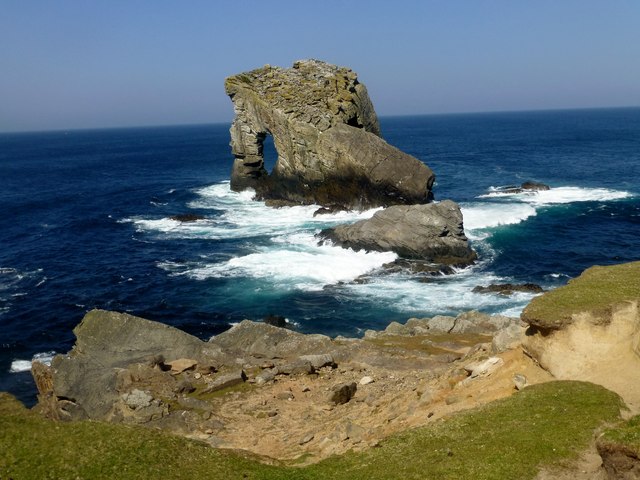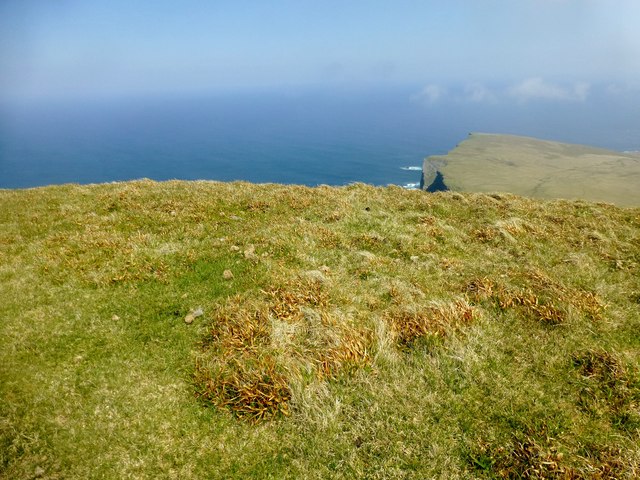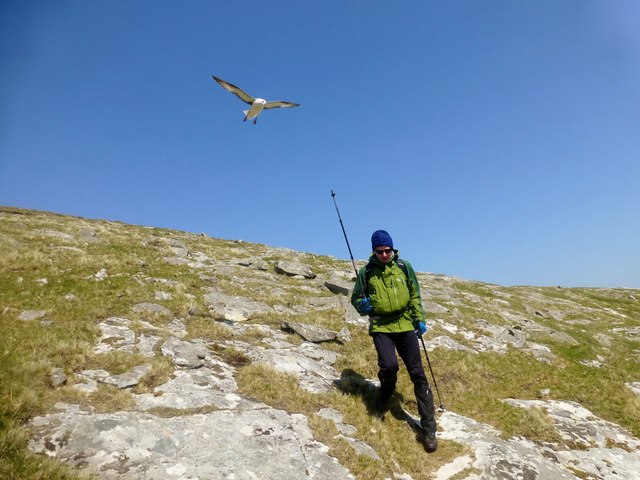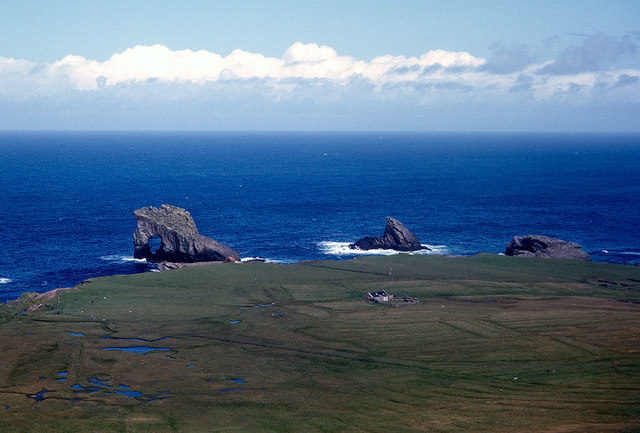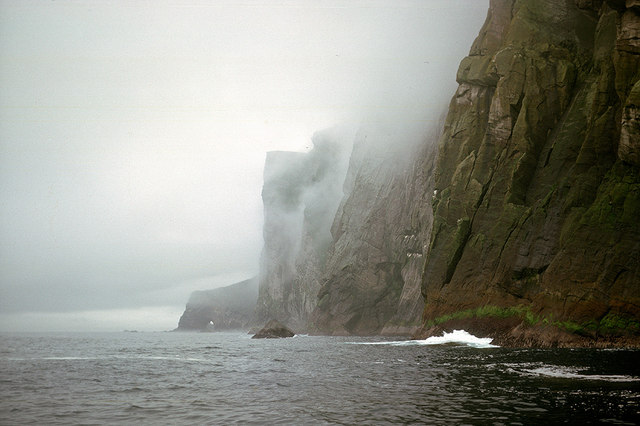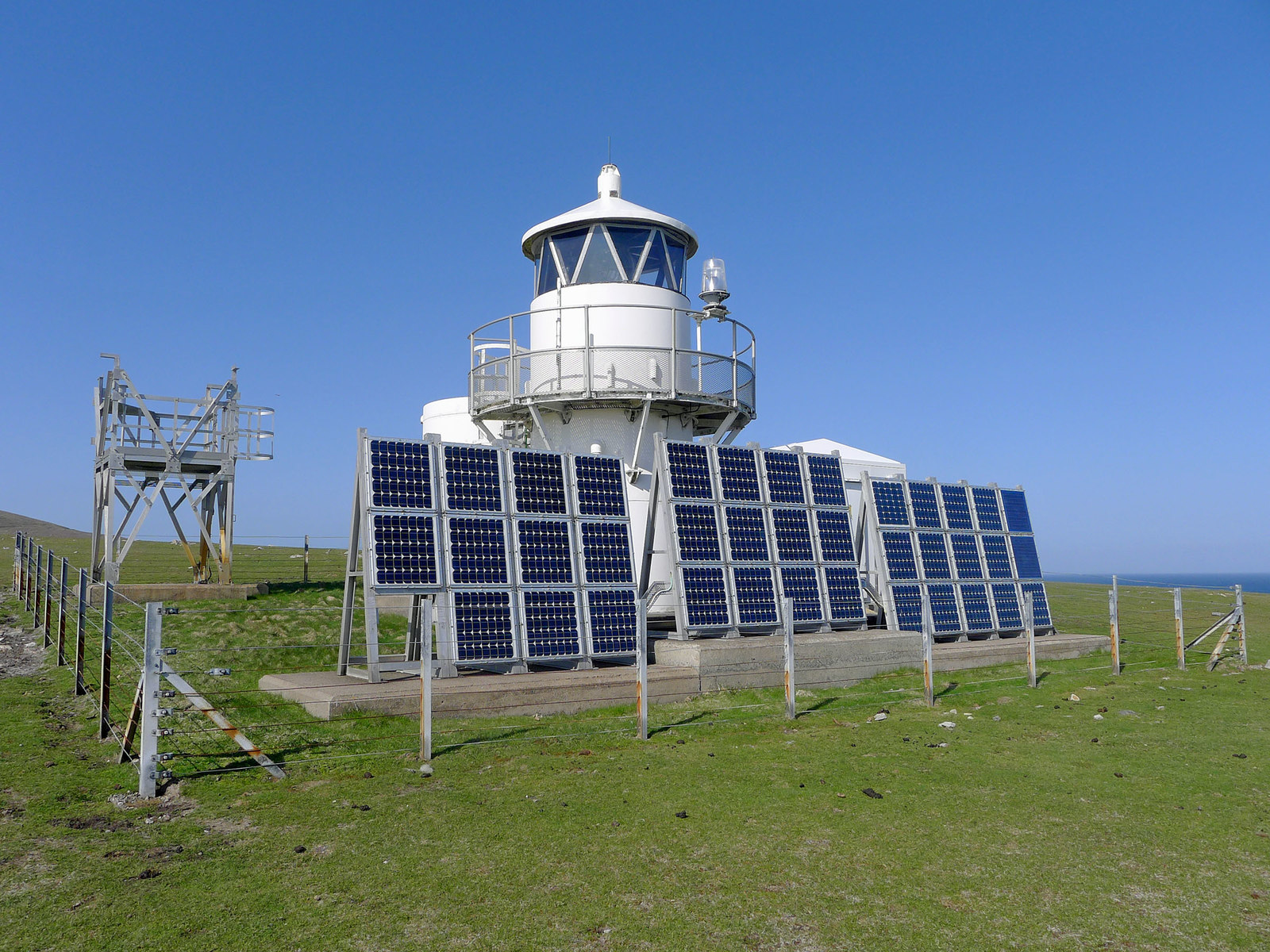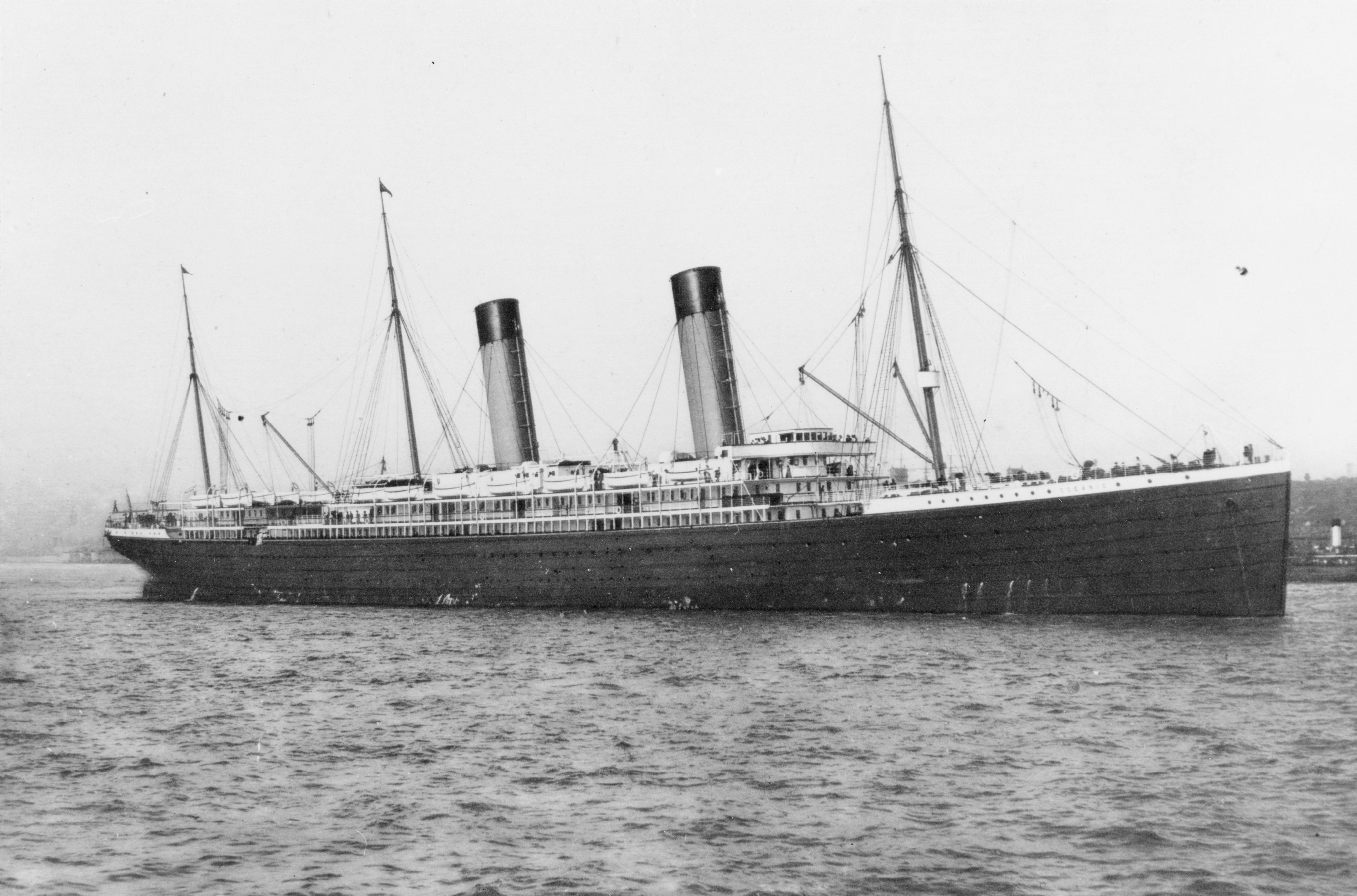Little Arvra Skerry
Island in Shetland
Scotland
Little Arvra Skerry
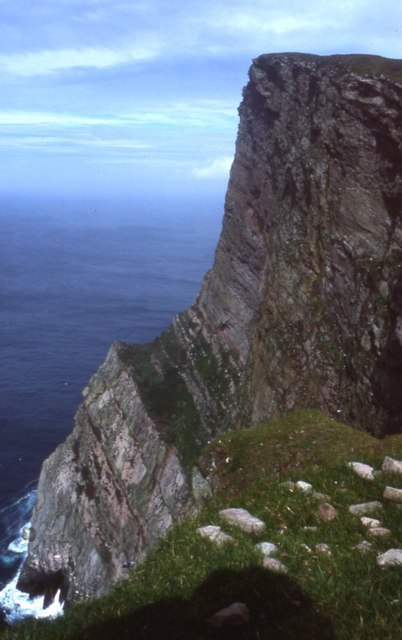
Little Arvra Skerry is a small uninhabited island located off the coast of the Shetland Islands in Scotland. It is situated in the North Atlantic Ocean, approximately 2.5 miles northeast of the larger island of Papa Stour. The island has an area of around 4 hectares and is composed mainly of rocky outcrops and grassy patches.
Little Arvra Skerry is known for its rugged and wild landscape. The coastline is characterized by sheer cliffs, rocky shores, and natural arches, providing a haven for various seabird species. It is particularly renowned for its large colonies of puffins, guillemots, and razorbills, which nest in the rocky crevices during the breeding season.
The island is also home to a diverse range of marine life. The surrounding waters are abundant with fish, making it a popular spot for anglers and divers. Seals can often be spotted basking on the rocks, while otters occasionally visit the island's shores.
Access to Little Arvra Skerry is limited due to its remote location and lack of infrastructure. It is primarily visited by wildlife enthusiasts, birdwatchers, and nature photographers, who are attracted to its untouched beauty and abundant wildlife. However, caution is advised when exploring the island due to its rugged terrain and unpredictable weather conditions.
Little Arvra Skerry offers a unique opportunity to experience the untouched beauty of the Shetland Islands and observe the rich biodiversity that thrives in this remote corner of Scotland.
If you have any feedback on the listing, please let us know in the comments section below.
Little Arvra Skerry Images
Images are sourced within 2km of 60.157231/-2.0839827 or Grid Reference HT9541. Thanks to Geograph Open Source API. All images are credited.
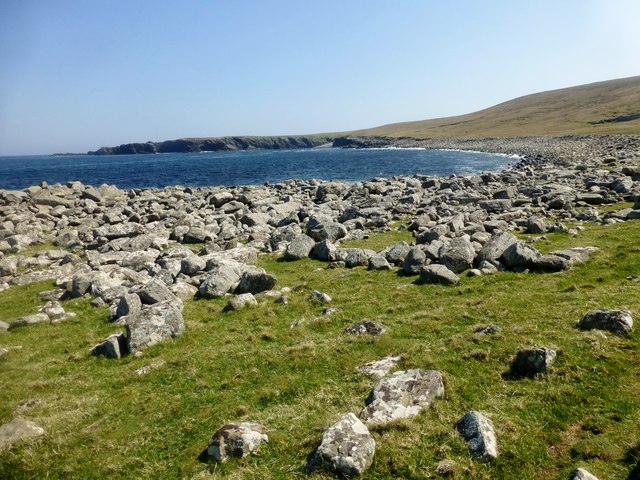
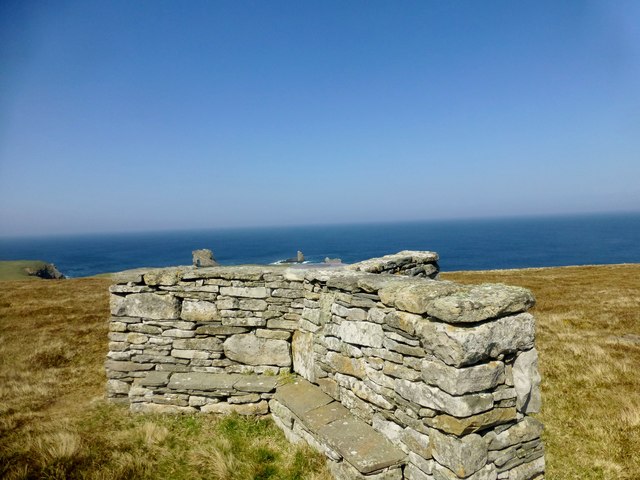
Little Arvra Skerry is located at Grid Ref: HT9541 (Lat: 60.157231, Lng: -2.0839827)
Unitary Authority: Shetland Islands
Police Authority: Highlands and Islands
What 3 Words
///trapdoor.increases.blushed. Near Walls, Shetland Islands
Nearby Locations
Related Wikis
Foula
Foula (), located in the Shetland archipelago of Scotland, is one of the United Kingdom's most remote permanently inhabited islands. Owned since the turn...
Foula Airfield
Foula Airfield (IATA: FOA) is an airfield located on the remote island of Foula, part of the Shetland Islands in the north of Scotland. == History == The...
RMS Oceanic (1899)
RMS Oceanic was a transatlantic ocean liner built for the White Star Line. She sailed on her maiden voyage on 6 September 1899 and was the largest ship...
Nearby Amenities
Located within 500m of 60.157231,-2.0839827Have you been to Little Arvra Skerry?
Leave your review of Little Arvra Skerry below (or comments, questions and feedback).
